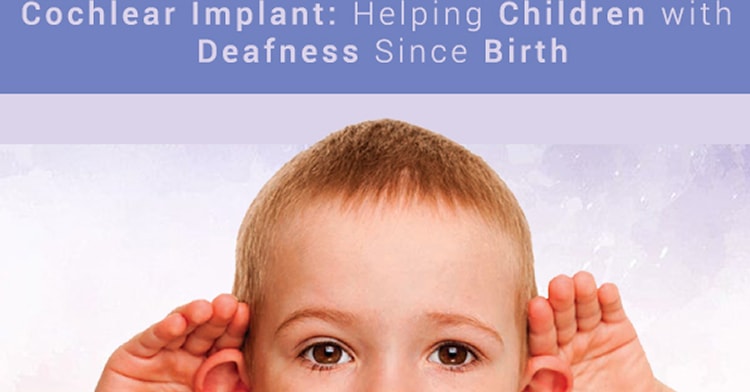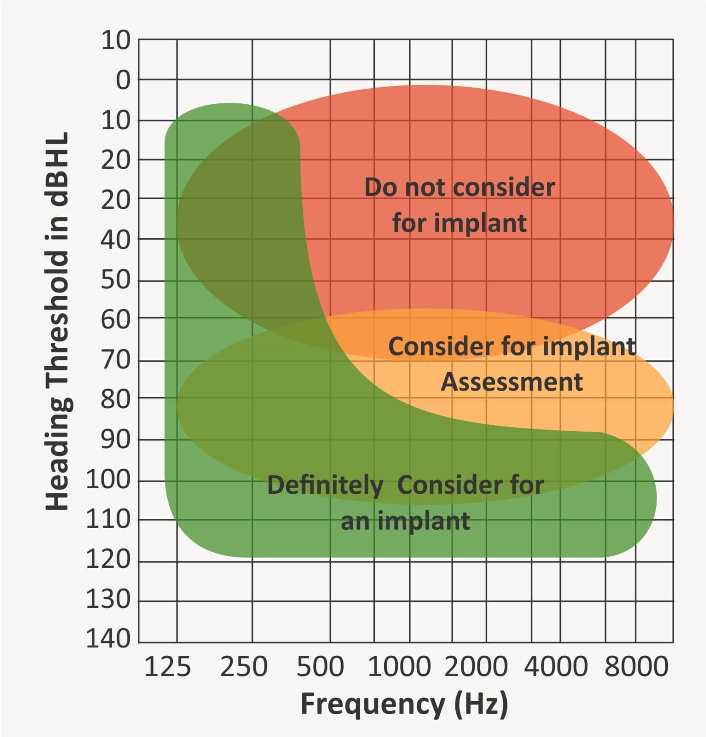
Cochlear Implant: Helping Children with Deafness Since Birth
Congenital deafness, which in other terms means deafness since birth, is a common problem, the incidence being 1 in 1000 as shown in the literature. The Problem mainly arises in sensorineural deafness as identification if not done at appropriate time and intervention gets delayed then it can lead to permanent language and speech deficit. We all know child learns to speak by hearing, if the child does not hear then the child will not speak.
Auditory system does not mature without stimulation. Deafness significantly impairs the development of the auditory system whereas early auditory stimulation allows the maturation of the system.
The optimal time to implant a young deaf child is within a sensitive period of ~ age 3.5 years in childhood (best by the first two years of life) because brain has the maximal ability to form and mature new neural connections during this period
If a child with hearing loss does not receive a cochlear implant at the early age then with each year that passes without it leads to decrease in the rate of improvement in language development. Nowadays Universal hearing screening for the newborn is available in many hospitals where the hearing of newborn is screened on the first or second day of birth. If the result shows “fail” or “refer”, then follow up and repeat testing is done after 1 month. If it shows same then battery of tests are done to confirm the hearing loss and to know the degree of the hearing loss
The deafness if profound and is not properly aidable by hearing aid that means hearing aid is not bringing the sound improvement to an extent where the child can hear everything.

In this scenario depending on audiological and radiological test, cochlear implant is the only option by which child can be rehabilitated. Cochlear implant as we know is a device which directly stimulators the nerve ganglionic cells bypassing the damaged hair cells. This signal then reaches the brain via the auditory nerve. It has two components: external and internal.
External part consists of a microphone, speech processor and transmitting coil. The internal part has receiver-stimulator, ground electrode and electrode array.
Once cochlear implantation is done the child has to undergo habilitation and therapy. For this specific AVT (Audio-Verbal Therapy) strategy is implied.
When Cochlear implant surgery done within first 2 years of life (A Critical period in terms of language and speech development) gives the better result. The Child can be rehabilitated and they go to normal school and grow on to be a productive member of the society.



Few days back, got ulcers on the throat due to which unable to even inhale or eat or drink anything. Come to Dr. Satinder and really it was really a safest and quickest treatment i got and started normal diet within 3 days.